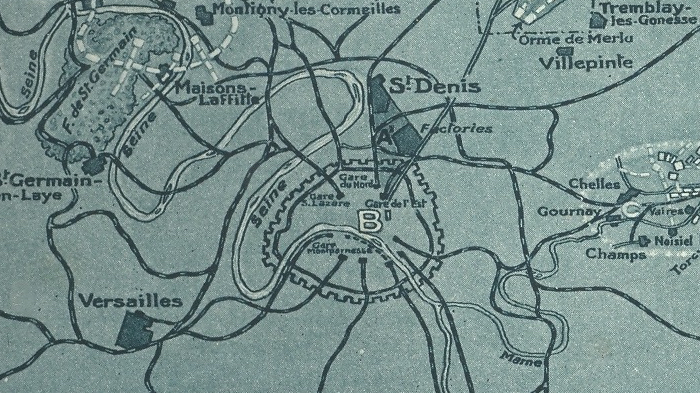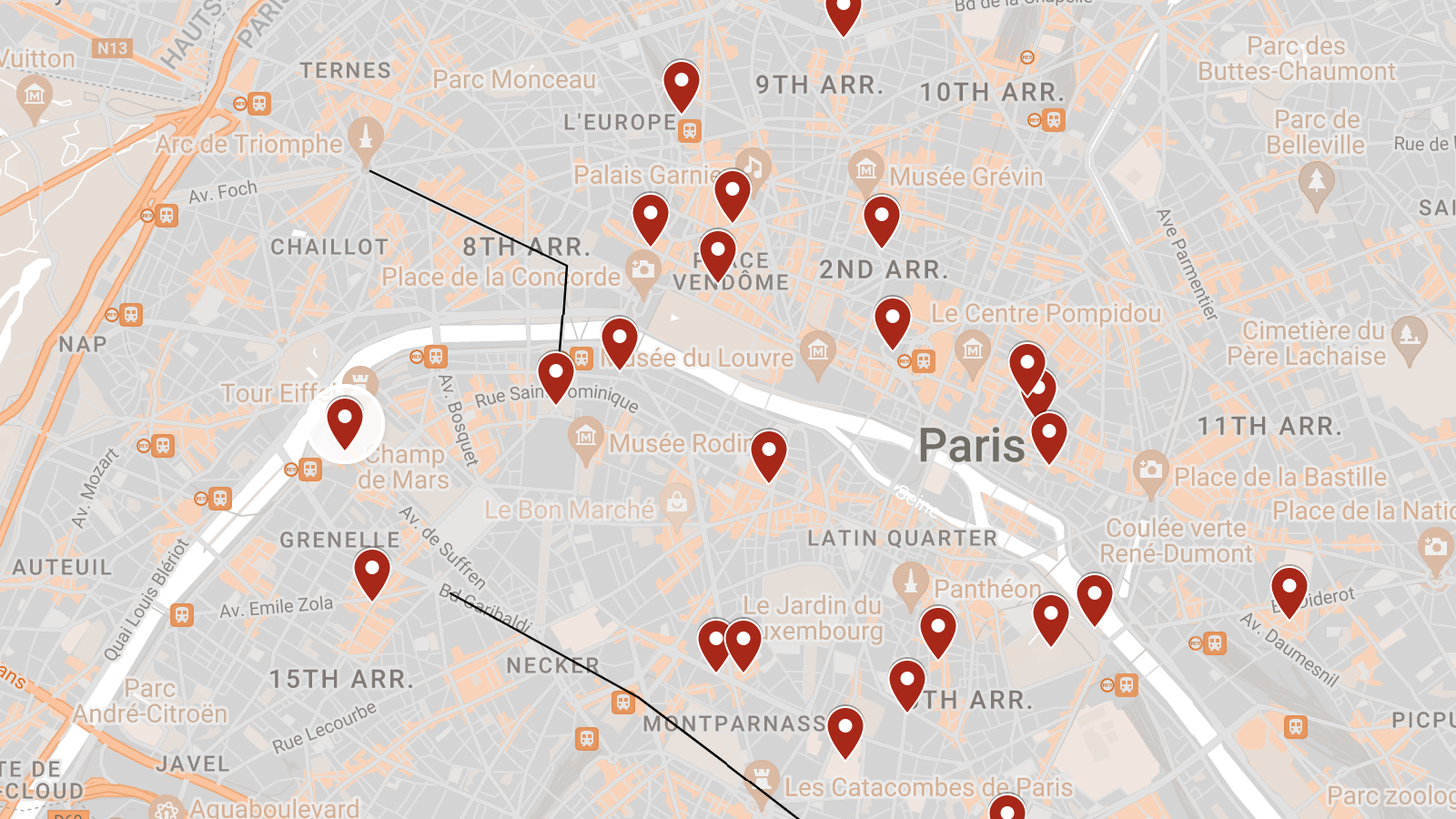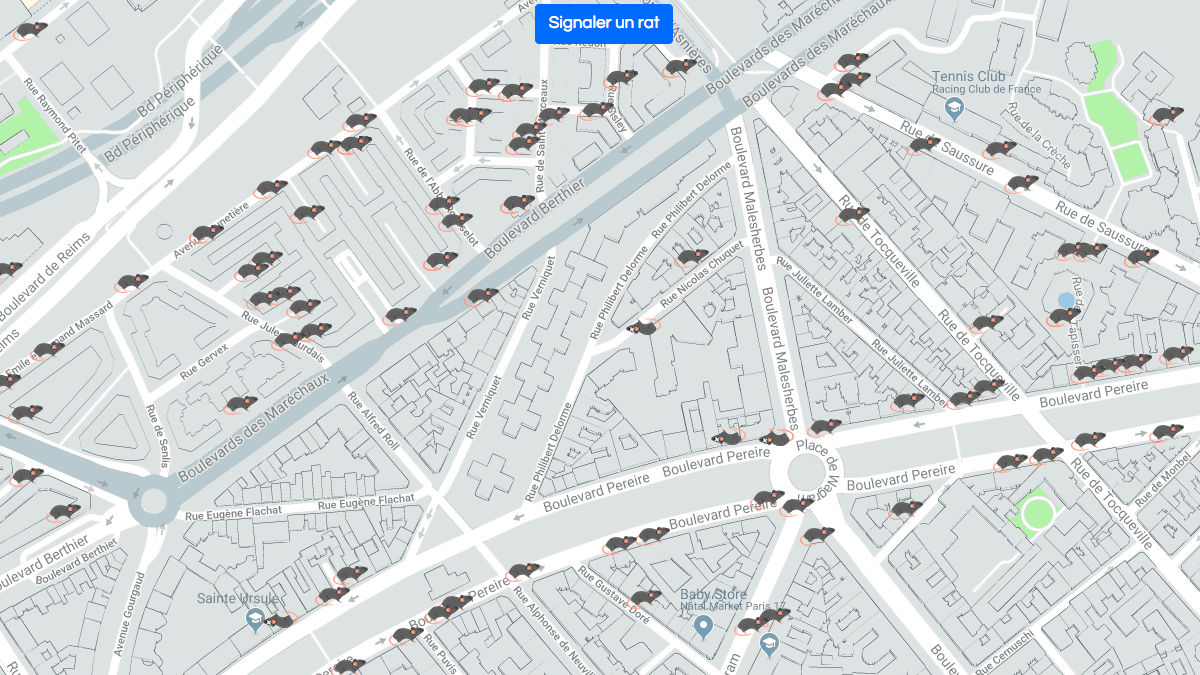The 15-minute city is already here. It’s called Paris
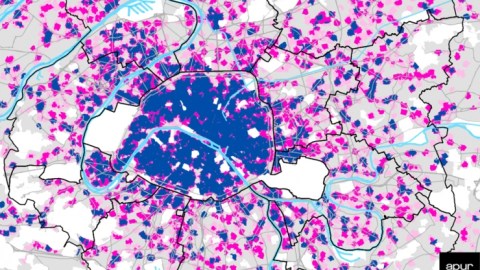
- Would a 15-minute city be paradise or an open-air prison? Visit Paris to find out.
- Nearly all Parisians live close to bakeries and cake shops, but if you want fresh meat or fish, it’s a slightly longer walk.
- Overall, daily conveniences are within a five-minute walk for most Parisians.
Is the “15-minute city,” a concept in which all of life’s necessary amenities are no more than a brisk walk away, a vision of urban paradise or a thinly disguised open-air prison? Town planning experts tend toward the former, conspiracy theorists toward the latter.
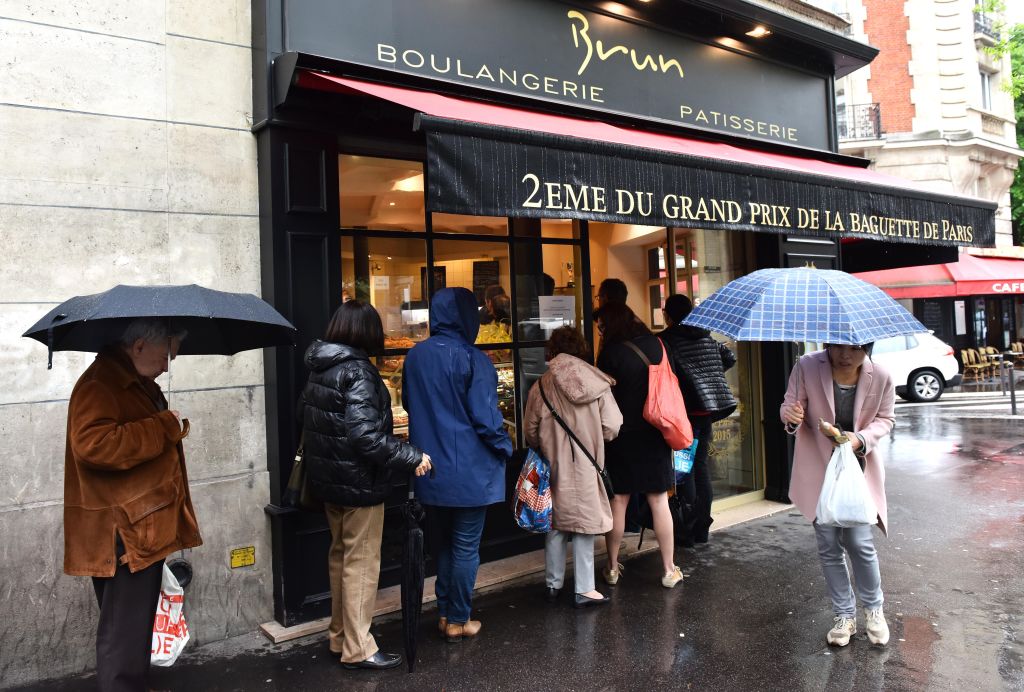
Here’s one battle in the culture wars that can be settled with a field trip — to Paris, no less. It’s a good place to start for several reasons.
First, it’s where Carlos Moreno lives, the urbanist and associate professor at Panthéon-Sorbonne University who coined the term in 2015 at COP21, the UN climate conference that also gave us the Paris Agreement. Second, Paris mayor Anne Hidalgo promised to make Paris a “15-minute city” in her successful re-election campaign in 2020. And third, as these maps prove, Paris already is a 15-minute city. (This is clever politics: Promise something that already exists, then take the credit for it.)
The maps, by the Paris Urbanism Agency (Apur), reflect the result of the latest triennial survey of shops, cafés, and restaurants in the French capital in 2020. The survey shows that there were 1,180 boulangeries (bakeries) and/or patisseries (cake shops) in the city. After declining in the first decade of the 21st century, their number has remained stable over the decade up to 2020. In the previous three years, 94 businesses had closed, but 91 new ones had started up.
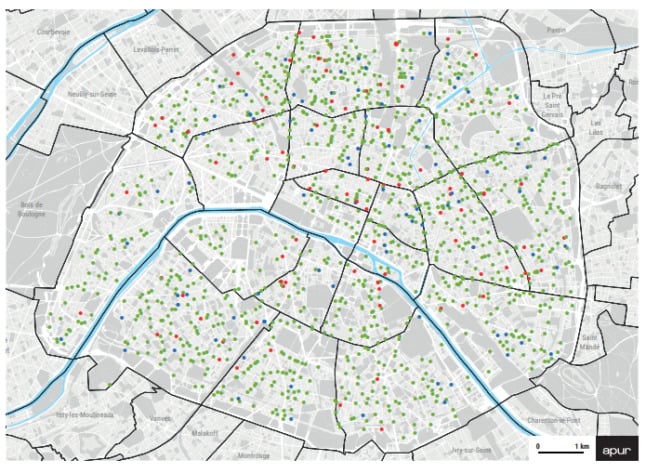
Thanks to their relatively large number — constituting about 2% of the 61,500 shops and commercial services in Paris — and their even spread across the city, 94% of Parisians live no more than a five-minute walk from a fresh baguette or some delicious éclairs.
If you like a fresh cut of meat between your two slices of artisanal bread, you may have to walk a bit farther than five minutes. The same survey shows that there were just 516 butchers’ shops in Paris, spread fairly evenly across the outer band of the city’s 20 arrondissements, but rather thinly in the city center. The first arrondissement, right in the middle, has just four. The study found that independent butchers face rising competition from in-house butcheries in supermarkets and declining enthusiasm for meat among consumers.

If you like fresh fish, then you had better love a good walk. In 2020, there were just 80 fishmongers in Paris, with merely one in the eighth arrondissement, and no more than two in many others. Of course, those are brick-and-mortar seafood retailers. The survey also counted 259 stalls of pescatarian produce peddlers at Paris’ many twice-weekly open-air markets.
So, Paris is excellent if you like your lovely fresh bread and cake nearby, but not as great if you want to go buy fresh meat or fish on foot. How does that add up on the 15-minute city scoreboard?
Apur has made its own index of daily conveniences, comprised of bakeries, news agents, and pharmacies. This map shows where Parisians have access to all three within a five-minute walk (in blue), to just two out of three (dark pink), and to just one (light pink). Gray means there is no bakery, pharmacy, or news agent within a five-minute radius. (White is for parks, forests, and otherwise uninhabited zones.)
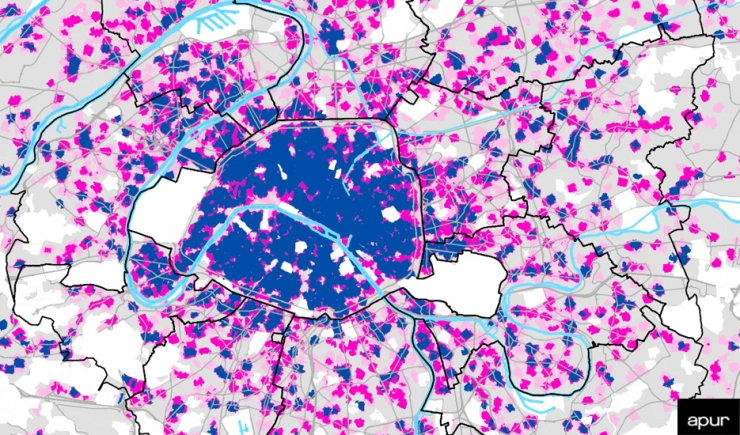
As the map indicates, inhabitants of Paris proper are well provided for: The black line demarcating the city’s outer boundary encloses an almost entirely blue blob. Just 4% of Parisians have to walk farther than five minutes to reach any of the three shop types. Outside the big city, some places are reassuringly blue, but overall, the amenities become scarcer. Depending on location, only one in three to one in five suburbanites has access to the holy trinity of convenience stores within five minutes. But at least they don’t have to live in the Stalinist dystopia that is five-minute Paris.
Strange Maps #1196
Got a strange map? Let me know at strangemaps@gmail.com.
Follow Strange Maps on Twitter and Facebook.
